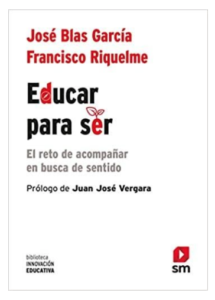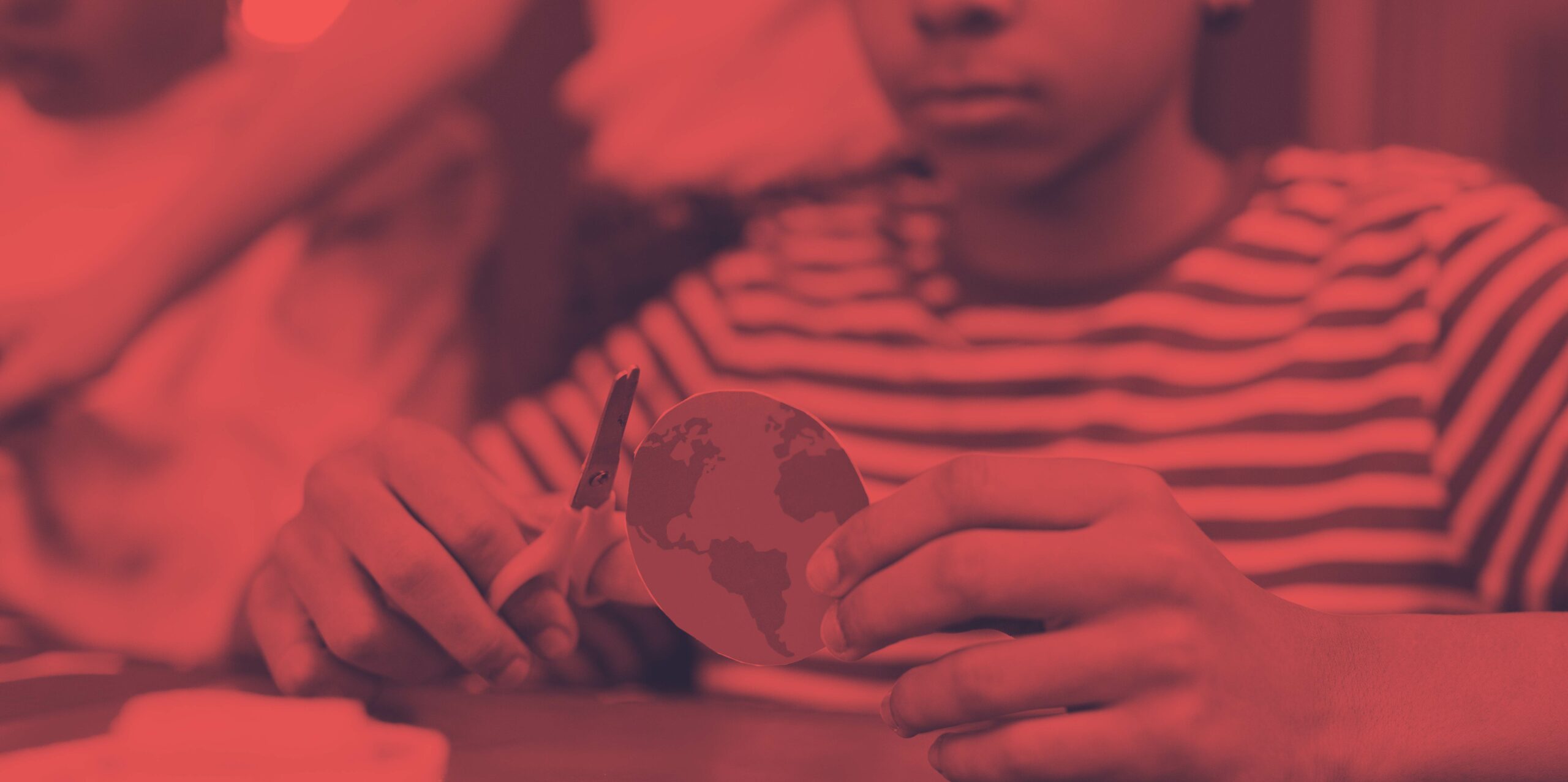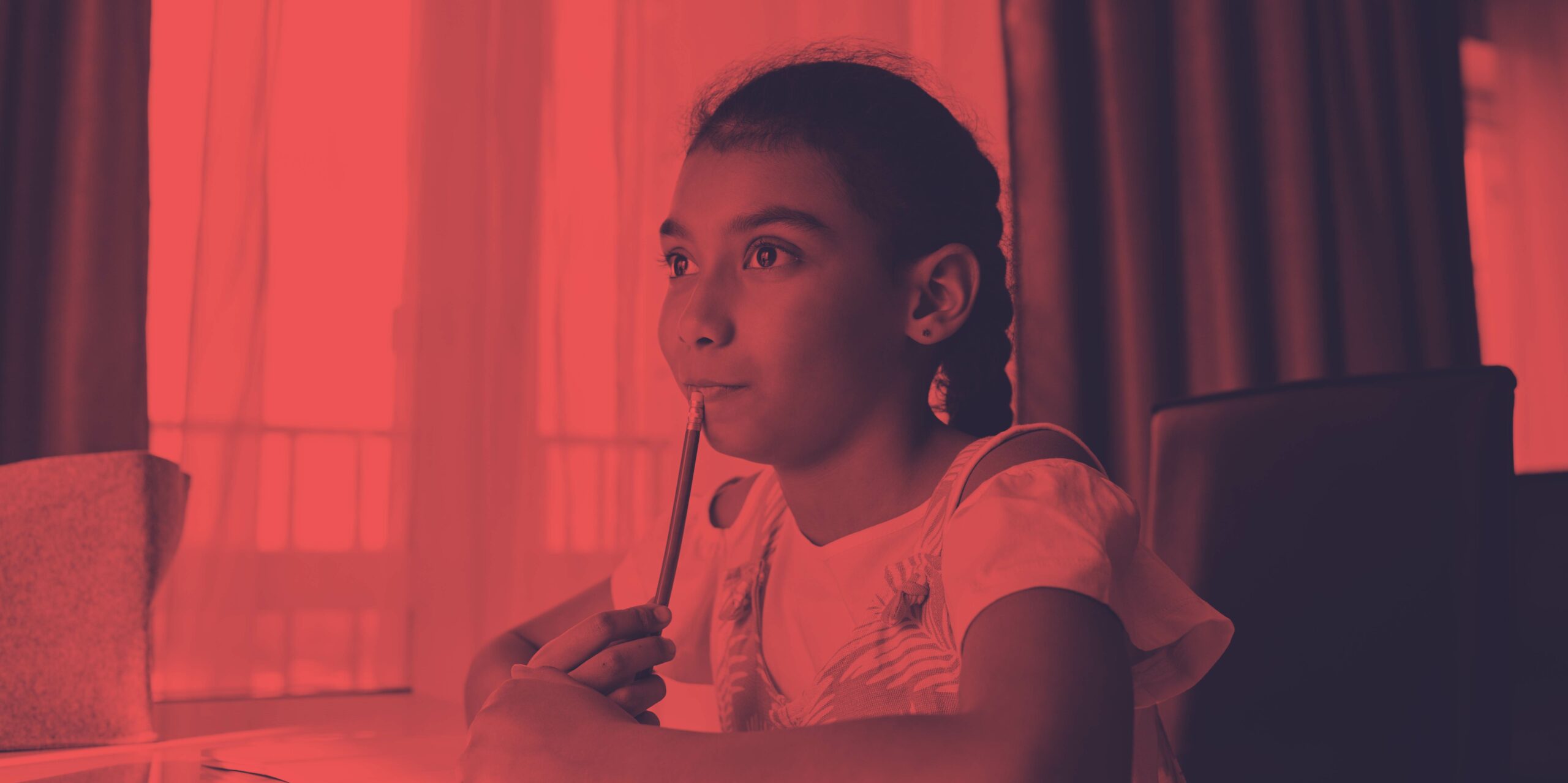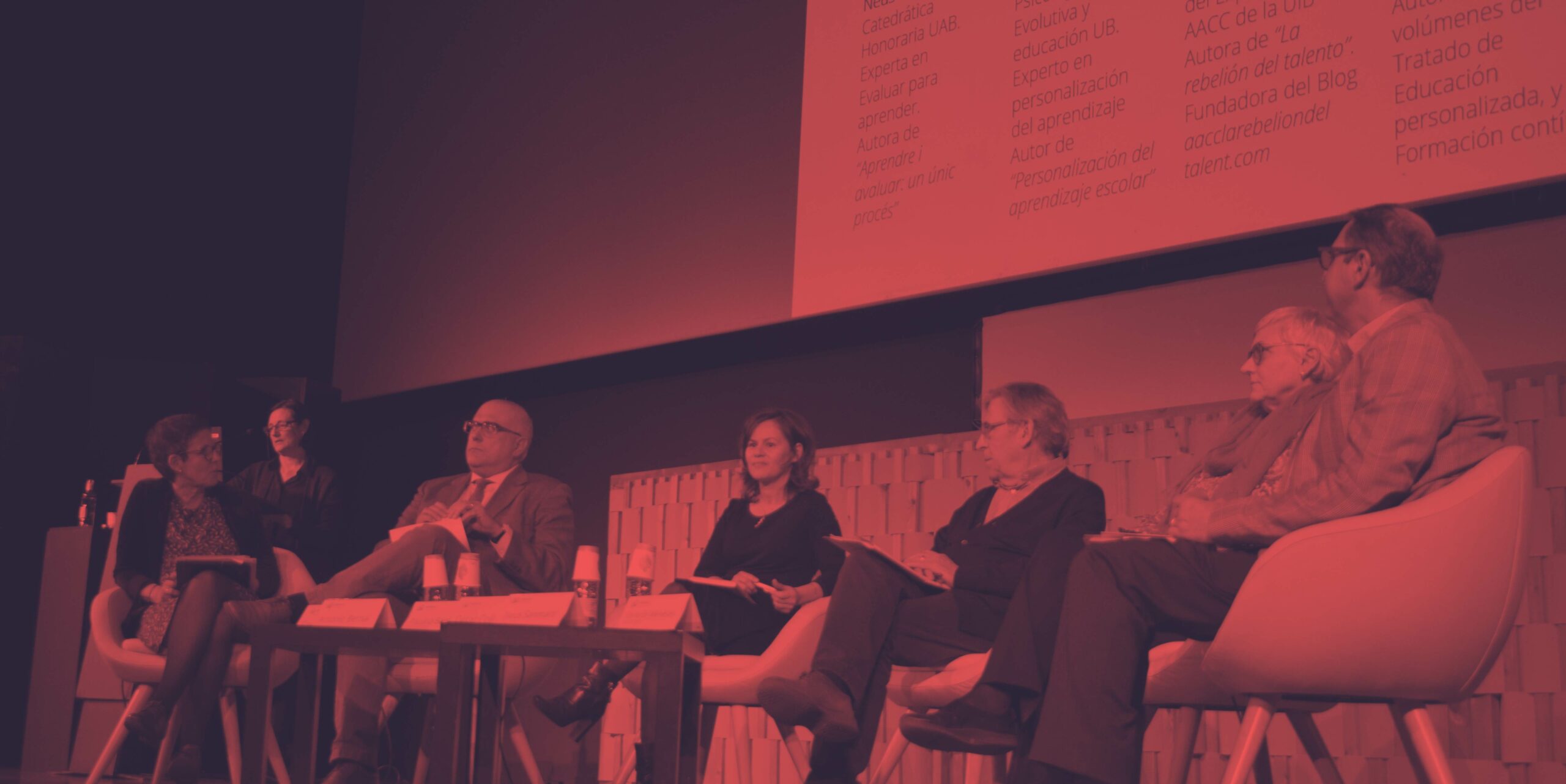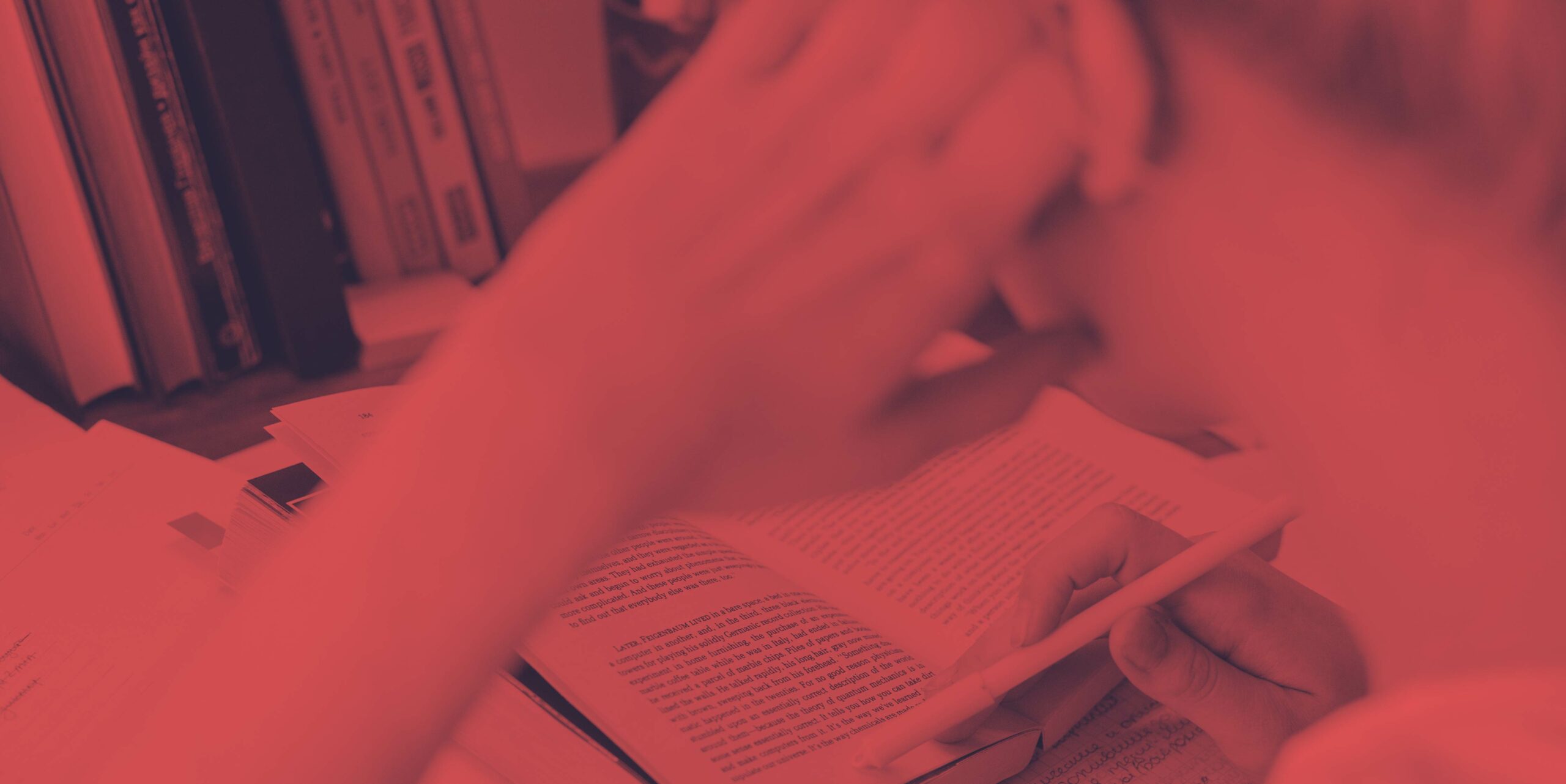Enrique Sanchez in Systemic Pedagogy (Chapter 3) starts from what he considers a key question: what kind of teacher am I or do I want to be? If the answer includes a systemic vision, that is, if we admit that in every system there is a set of elements that interact with each other, it means that we consider discovering the context, which is usually invisible. Universal laws such as the multidimensional law, the law of autonomy, the expansive law or the inclusive law are involved. The links and the network of relationships also influence the quality of the educational process. The author considers that there are three moments of systemic intervention: the investigation of the system (the context), the regulation of the network of relationships, and facing each new situation from a systemic perspective.
The fourth chapter focuses on coaching and education of the self and its author is Enrique González Lorca. It is based on a change of paradigm regarding the role of teachers who have to focus on the education of the being of their students. Coaching is a good tool for personal transformation that, according to González, connects with two theoretical tendencies: logoeducation and the pedagogy of otherness. He affirms that the teaching-learning process can only take place in an emotional context of encounter between the you of the teacher and the I of the student, who has to be the protagonist of his own life and find meaning in it. The coaching conversation can facilitate this service of accompaniment by the teachers who will have to be trained to make them competent in this model of shared tutoring.
The teaching-learning process can only take place in an emotional context of encounter between the you of the teacher and the I of the student
Anna Forés presents two neuroeducational perspectives and their links (chapter 5). Being with others means for the author that each class should be a breath of life open to the world around us. In this line, service-learning is a good formula to bring adolescents closer to the needs of their community. This openness should not ignore the fact that it is not the students who have to adapt to the school, but the opposite, because we must respect the learning rhythms of each one.
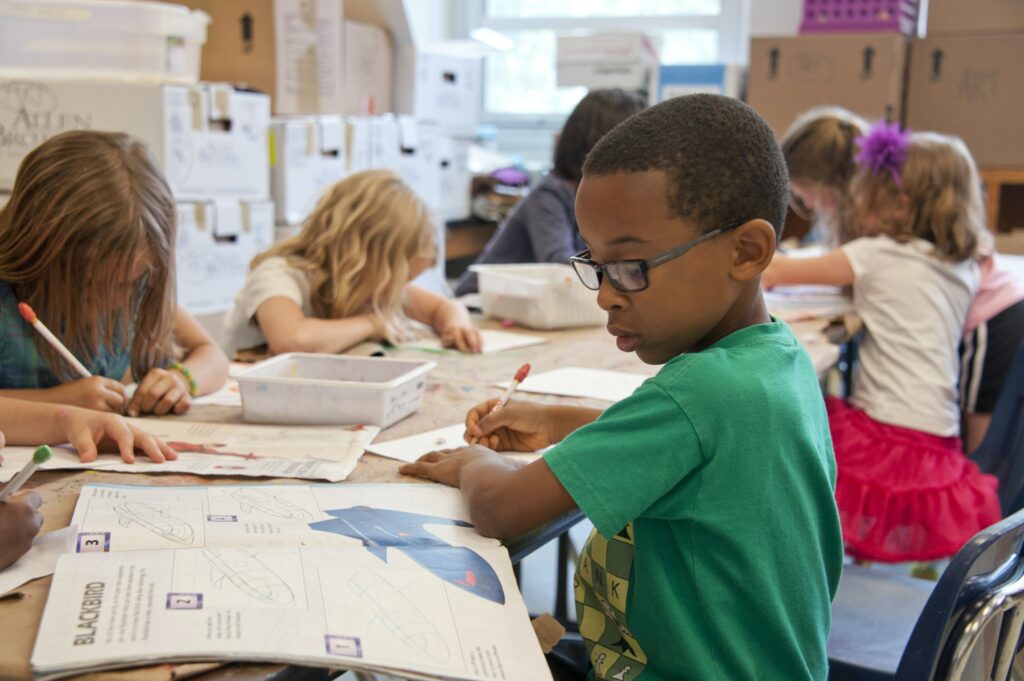
It is not the students who have to adapt at school but the other way around, because we have to respect the learning rhythms of each one
José L. Redondo’s contribution to Neuroeducation to be, not to do (chapter 6) is based on the fact that in all learning processes emotions are essential and that there are two factors that have an important impact: the beliefs that teachers have about their students and the image that students have about themselves. In the classroom this means: teaching students that intelligence can be developed, helping students to consider the curriculum as a relevant element in their lives and that they feel the school is theirs, helping them also to set goals, identify objectives and learn self-control strategies.
There are two factors that have an important impact: the beliefs that teachers have about their students and the self-image that students have about themselves.
Chapter seven, An opportunity for transformation, puts us before a Francisco Riquelme vitalist and convinced that as a teacher he must succeed in converting the curriculum and the subjects he teaches into learning opportunities for his students and also for himself; that an emotional bond must be established to make the classroom a meeting place. However, the author emphasizes that without a change in the personal sphere it is impossible for anything to change, to end up really transforming an educational system designed for a world that no longer exists. Riquelme considers it essential to ask the question What is the classroom for me? because the answers unmask the position we have as teachers. But also this other one: why do we do what we do in education, a question that leads us to find the ultimate meaning, the purpose of education. Seeking coherence between individual consciousness (ego) and unity consciousness (being) opens the door to educating the whole person.
José María Toro is the author of chapter eight: Education as Updating of the Self. Educating from what we are. We emphasize one of the first statements: Every educational process from the being is not other thing that a process of growth and development. …] It points at the same time to what the child already is and not so much to what it is considered that he should be (p. 133). In an education of the self the what are the contents and also the way to work with them, the attitudes and values that surround them and the way they are expressed. A what centered on a who, whether it is the teacher or the student. The author calls it a pedagogy of presence. The next step is to be clear about the why, which will lead us to the how, the when and the where. This is, for example, to live time as kairos instead of chronos; to take advantage, then, of any moment and find it within each person, even though we will have to consider the school and the classroom as spaces impregnated with life. We are faced with an experiential, not theoretical, approach. It is materialized by following a dynamic that consists of a few steps or moments and that have a prerequisite: the level of consciousness of the teacher: his or her inner life must have previously lived this experience.
In Chapter Nine: Emotional Intelligence in the Classroom, Ana Peinado puts to the reader’s consideration the elements that should be taken into account when applying emotional intelligence programs in the classroom. Psychology has been moving from a behavioral approach to a cognitive one and has ended up in the current version where several lines are focused on emotions. Positive psychology seeks well-being and emotional growth. Some ideas for translating these principles into the classroom are: the recognition of emotions, the work of personal competencies such as self-esteem, motivation, self-control; the work of social skills, assertiveness, or empathy; and the development of personal strengths such as optimism. The key is that all these concepts -says the author- are competences and can be learned.
The recognition of emotions, the work of personal skills such as self-esteem, motivation, self-control; the work of social skills, assertiveness or empathy; and the development of personal strengths such as optimism.

Humanism and the Digital Environment is the title of chapter ten and is signed by José A. Gabelas-Barroso and Carmen Marta-Lazo. We are faced with a contribution that at first raises more questions than answers, halfway between constructive criticism and denunciation, to move the reader to question whether the changes promoted by post-modernity lead us to uncertain territories where feelings can overshadow the critical capacity of human beings. They pose an added danger: the fascination with technology makes it difficult to see and reduces and distorts society’s responsibility (p. 165). The commitment to change the direction, to reverse the deification of technology becomes a huge challenge. What they call.
The relational factor includes, in their view, the social potential of the connected individual, and the network of cognitive and emotional connections that crystallize current learning and knowledge (p. 166).
Viridiana Barbán is the author of chapter eleven: Learning to think in order to learn to be. Based on the fact that today’s society is in a constant process of change, the challenge is to turn students into effective thinkers. Thinking skills, decision making, problem solving, etc., help to do this, which accompanied by an appropriate attitude to carry them out, are transformed into thinking dispositions. Teaching to think at present counts on the fact of integrating this action with the curricular contents. There are several proposals to put this approach into practice: thinking routines and skills, collaborative thinking strategies… within the framework of an ideal environment for the stimulation of autonomous thinking, curiosity and interest in learning.
As the importance given to the qualities of the right hemisphere of the brain increases above those of the left, Ana Mangas to Edudrawing to become (chapter twelve), bets on visual thinking as a fundamental educational strategic line. Visual thinking activates attention, enhances creativity, stimulates autonomous research, cultivates aesthetic emotion…. (p. 188) and is compatible with several methodologies. The author considers that making it a reality is a question of attitude.
In chapter thirteen: A Vision of Cooperative Learning Education of the self with others, José E. Linares focuses on the potentialities that, in his opinion, the learning processes have to be organized in a cooperative way. He starts from the acceptance of the initial training deficit of the teaching staff in this field and from a certain consensus when admitting that people learn by interacting with others. This implies understanding the school and the classroom as a space for inclusion. Cooperative learning is a methodological option based on several theories that value diversity and emphasize difference. Participation and interaction are two of its main characteristics. Cooperation among equals allows several achievements: improvement of the performance of all students, establishment of positive relationships among them, a good social, psychological and cognitive development. The success of the group depends on the fact that all its members learn. The reticence that it generates and the brake on the change of focus is one of its pitfalls because competitiveness is very present in society and in the school and it is still confused with group work and cooperative teamwork. It is also complicated to make good heterogeneous groups and create systems of positive interdependence. Perhaps what is needed is to be convinced and to learn as we implement it.

The cooperation among equals allows several achievements: improvement of the performance of the whole student body, establishment of positive relations among them, a good social, psychological and cognitive development.
To educate the self is to include. This is the title of the fourteenth chapter whose author is Antonio A. Márquez. The premise he considers is that the transformation of the educational system happens because each person is accepted as a unique and different being. It is not the function of the school to label its students in those who are considered normal and those who do not conform to the norm. For the author, confronting the depersonalization of education means creating structures of rapprochement between people and modeling empathy and respect. The school can prioritize these aspects from three types of strata: cultural, the institutional strata of the school itself, and the practical strata. For the author, confronting the depersonalization of education means:
Creating structures of rapprochement between people and modeling empathy and respect.
The author of the last chapter, the fifteenth, is Salvador Rodríguez Ojaos and its title is: The value of educating with values. The school cannot focus its mission only on instruction because it also has the duty to educate the critical sense, the capacity of analysis of its students and to promote their ethical conscience. This has to do, according to the author, with transmitting values for action, agreed and shared, among which we find flexibility, entrepreneurship, tolerance, cooperation… Education that focuses on values does not exclude any of the multiple methodologies that can be used, but all of them have to have the purpose of making all students learn to which we have to add the ABSC (learning based on common sense). Educating students to be competent implies that education has to be inclusive rather than selective. Salvador Rodriguez offers ten ideas for an inclusive school and ten attitudes that all students deserve to receive from the school without forgetting that the last thing an educator can afford is to resign himself to losing students along the way.
You might also like

